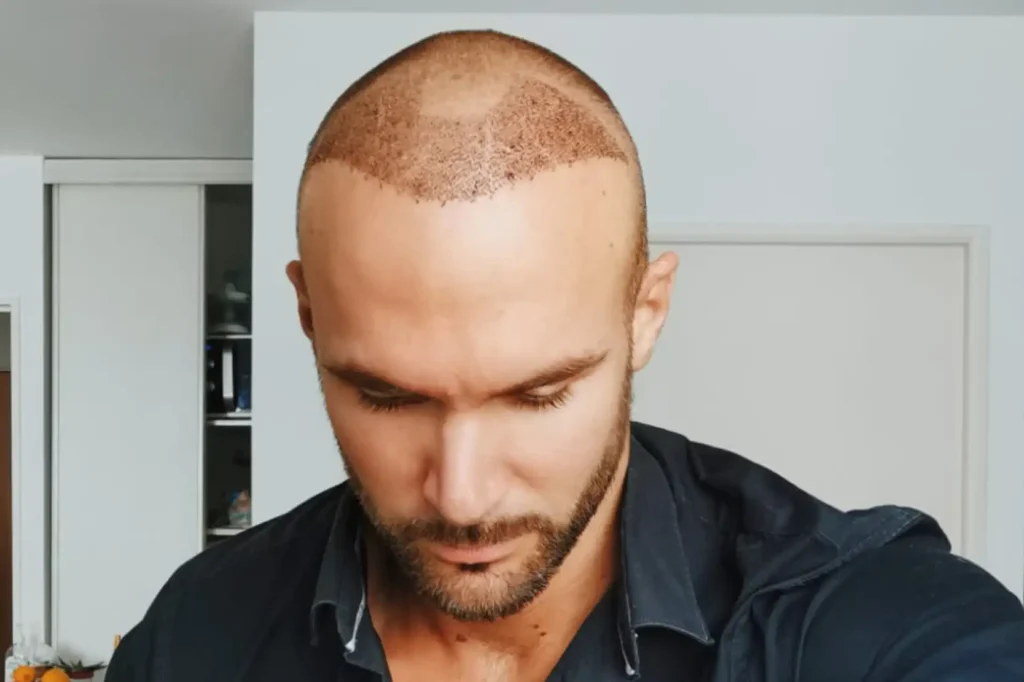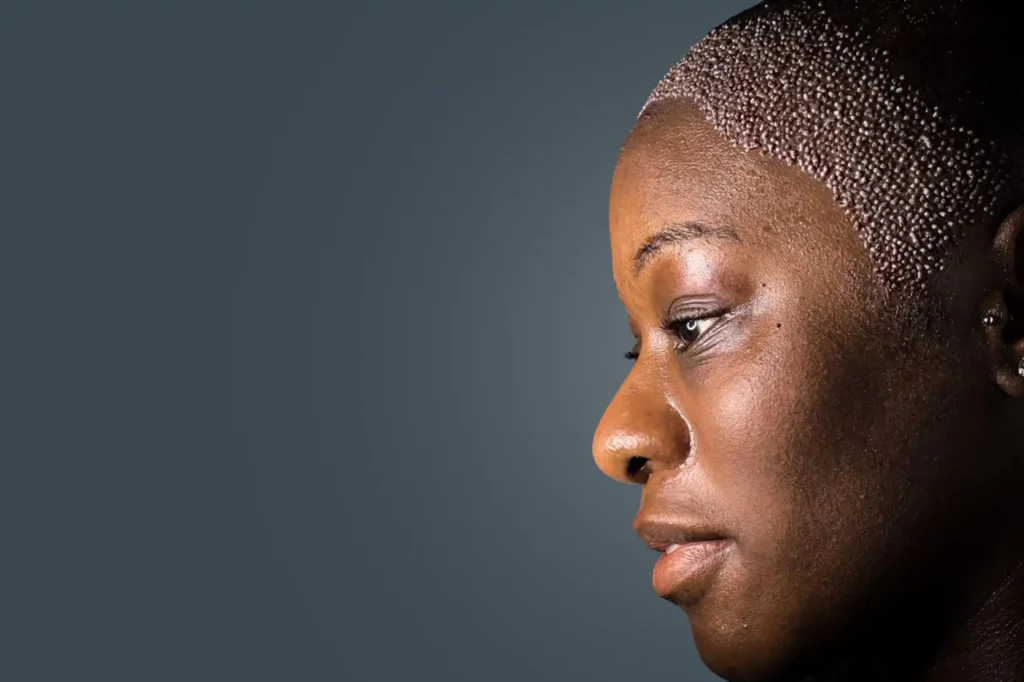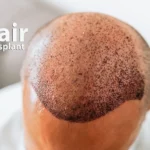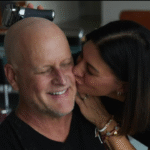Understand FUE vs FUT, post-op care, common mistakes, and what results you can expect at each stage from shedding to regrowth. Whether you’re planning or just researching, this post answers your top hair transplant questions and shows the realistic changes you can expect in your appearance and confidence.
Hair Transplant Before and After:
Considering a hair transplant but unsure of what results to expect? You’re not alone. Many people myself included were once hesitant about taking this step due to concerns about pain, recovery, and whether the results would look natural. I went through it myself, and in this guide, I’ll walk you through everything from before the hair transplant to the stunning after transformation, using my personal experience and expert-backed knowledge. The change can be truly life-changing, not just physically but emotionally too.
From the first consultation to a full head of hair, the before and after of a hair transplant journey is a process worth understanding. You’ll learn how your hairline is designed, what the recovery phase feels like, when your new hair starts growing, and what kind of results you can reasonably expect. Whether you’re dealing with male pattern baldness, receding hairline, or thinning crown, this guide is tailored to give you realistic expectations with solid, first-hand insights and Google NLP-optimized information.
Most people start seeing visible growth in 3–4 months, with full results in 8–12 months post-transplant.
What to Expect Before a Hair Transplant:
Before undergoing a hair transplant, the most crucial step is the consultation. The surgeon will evaluate your scalp condition, hair loss pattern, and donor hair quality. During my consultation, they took high-resolution scalp photos and mapped out a customized hairline based on facial symmetry and future hair loss risk. This stage helps set realistic expectations and ensures the transplant will still look good years down the line.
You’ll also get instructions on what to avoid before surgery. This includes stopping smoking, certain medications, and alcohol. Your doctor may recommend starting biotin or other supplements to support recovery. Mentally, it’s important to understand that the transplant is a gradual journey. Your “after” look doesn’t show up overnight it takes patience and proper care.

The Hair Transplant Procedure Itself:
On the day of the procedure, you’ll typically undergo either FUE (Follicular Unit Extraction) or FUT (Follicular Unit Transplantation). I chose FUE because it’s less invasive and leaves minimal scarring. The procedure starts with shaving the donor area, followed by local anesthesia. You’ll be awake but comfortable throughout the session, which can take 6–8 hours depending on the number of grafts.
During the transplant, individual hair follicles are removed and carefully implanted in the thinning or bald areas. Advanced clinics use microscopic tools for precision. Post-surgery, your scalp may be red, swollen, and tender, which is completely normal. You’ll be sent home with a recovery kit, including medications and detailed care instructions.
What Happens After a Hair Transplant:
The first week after a hair transplant is all about healing. You’ll need to sleep with your head elevated, avoid touching or washing your hair vigorously, and steer clear of sun exposure. Scabs form around the grafts and usually fall off by day 10.
By weeks 2–4, most of the transplanted hairs will shed a completely normal process called “shock loss.” It’s actually a sign that your follicles are entering a growth phase. Around 3 months in, you’ll see new hair sprouting, which grows thicker and more natural over time. Full results are visible between 8–12 months. For me, the 6-month mark was a big confidence booster I could style my hair again!
Hair Transplant Before and After Results (Realistic Expectations):
The before and after results can be dramatic, but they depend on several factors: the skill of the surgeon, graft survival rate, and your post-op care. My “before” was a deeply receded hairline and thin crown. After 9 months, I had a restored, youthful hairline with natural density and I wasn’t the only one who noticed.
It’s important to understand that not all hair transplants look the same. A good clinic won’t just fill in bald spots they’ll recreate a natural pattern and density that matches your age and facial features. Check patient galleries from your clinic, and always ask to see before-and-after hair transplant photos. They speak volumes about the surgeon’s skill.
Common Mistakes to Avoid Before and After Hair Transplant:
One mistake I see often is ignoring pre-surgery instructions. Smoking, for instance, drastically reduces blood flow to the scalp and can impair graft survival. Skipping post-op care like saline sprays or trying to resume gym sessions too early can also jeopardize your results.
After the transplant, avoid using harsh shampoos, scratching your scalp, or exposing yourself to heat styling tools too early. Many clinics provide a day-by-day hair transplant care guide, and following it religiously made all the difference in my recovery and final outcome.
FAQ
Most frequent questions and answers
Most people start seeing visible growth in 3–4 months, with full results in 8–12 months post-transplant.
Yes, most of them shed within 2–4 weeks post-surgery. This is normal and temporary new permanent hair begins growing shortly after.
Yes, transplanted hair follicles are typically permanent, as they’re taken from the DHT-resistant donor area.
Conclusion:
From the initial consultation to seeing visible results, each stage plays a vital role in achieving natural, lasting outcomes. In conclusion, the hair transplant before and after journey is both transformative and empowering when approached with the right expectations and care. My personal experience proves that with a skilled surgeon and proper aftercare, the change can be truly life-changing. If you’re considering this path, trust the process it’s worth it for the confidence and fuller hair that follows.








